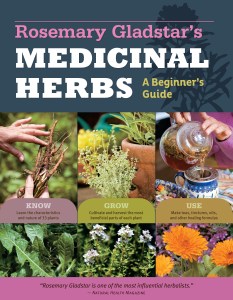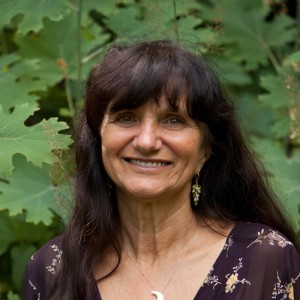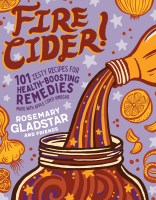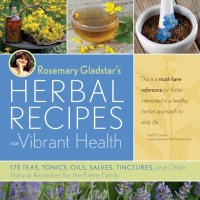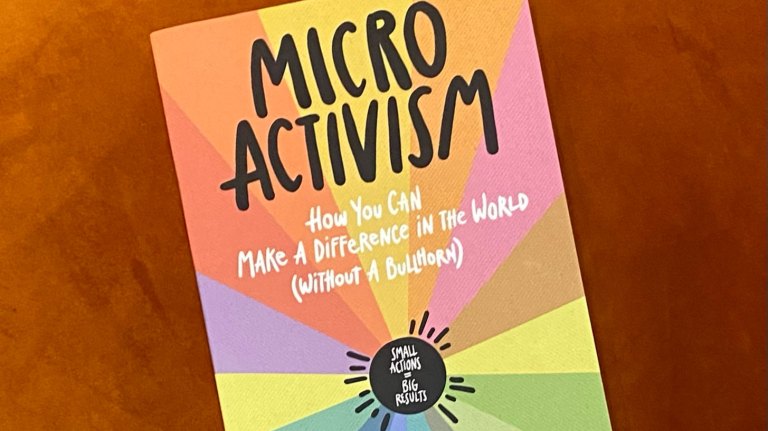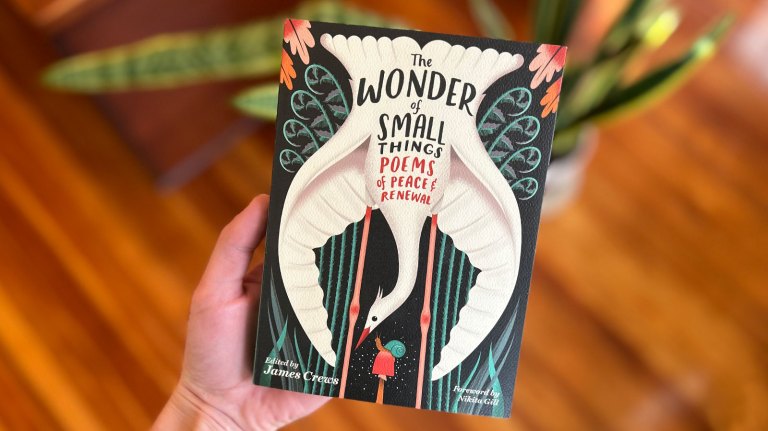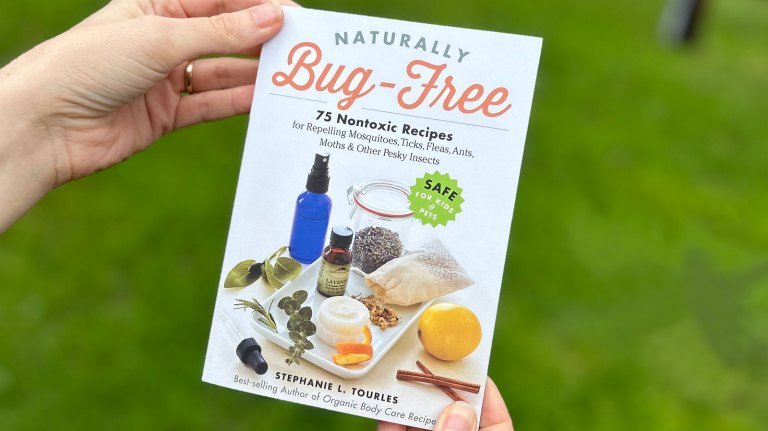Three Teas for Herbal Well-Being
Discover how safe, affordable, and effective herbal medicine can be with recipes and advice from best-selling author Rosemary Gladstar.
One of the greatest benefits of herbal medicine is that it gives us the ability to become more self-reliant. Feeling that we have choices in how we care for ourselves and our families, and that we ourselves can play a central role in treatment and preventive medicine, can help us build a positive attitude of empowerment.
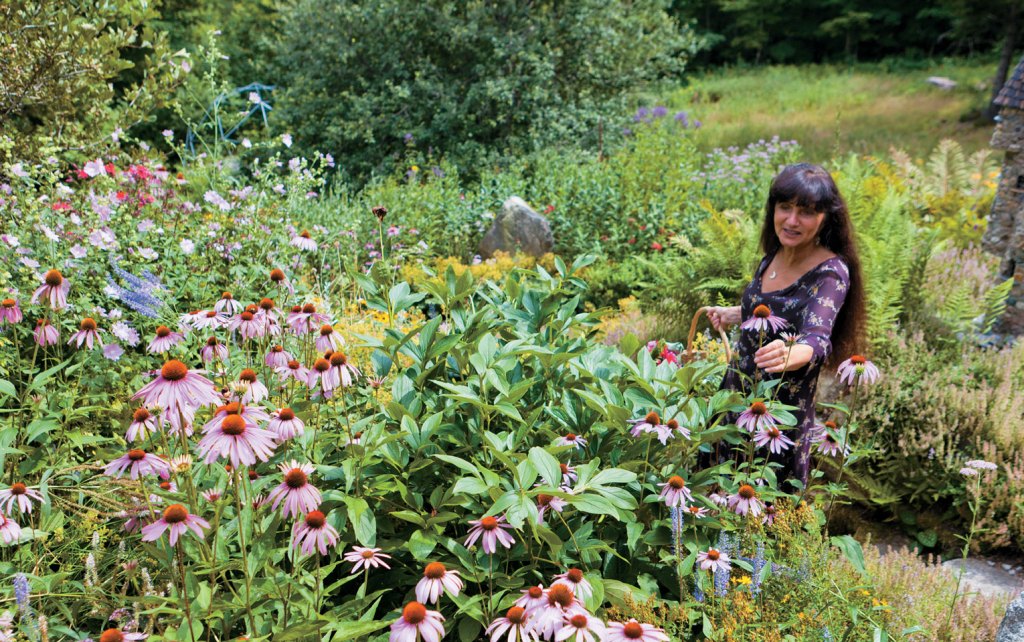
With very little effort, time, or money, we can grow our own herbs, make our own medicines, and care for our families and ourselves, much as people have been doing for millennia.
Herbalism is truly an accessible, inexpensive, natural, gentle, and, most importantly, effective system of healing. Herbs are among the safest medicines available. This does not mean that there are no herbs with harmful side effects. There are, but they are an isolated group, and most of them are unavailable commercially. Occasionally an herb will stimulate an idiosyncratic, or individual, reaction in a person. This doesn’t mean the herb is toxic; it’s just a poor choice for that particular individual. Strawberries, a perfectly delicious fruit, are a sweet treat for some and a noxious poison for others.
Herbs are also an inexpensive way to boost your health. Herbal supplements for sale in a natural foods store are, capsule by capsule, much less expensive than pharmaceuticals. And herbal medicine becomes really cost effective and inexpensive when you plant some herbs, don an apron, and brew up your own remedies. You’ll be surprised to discover how easy, inexpensive, and fun it is to make your own salves, tinctures, syrups, capsules, and teas, especially if you’re making them from herbs you’ve grown yourself! Begin by making simple medicines for coughs, colds, cuts, infections, and sprains, and you’ll find they not only work wonderfully but can also cut the cost of family health care, in the same way that growing your own vegetables helps reduce your grocery bills.
Basil Tea for Headache & Stress
You can use either fresh or dried herbs for this tea blend.
- 1 part basil leaf
- 1 part lemon balm leaf
- ¼ part chamomile and/or lavender flower
To make the tea: Combine the herbs and mix well. Use 1 teaspoon (if dried) or 2 teaspoons (if fresh) of the herb blend per cup of boiling water. Pour the boiling water over the herbs, let infuse for 10 to 15 minutes, then strain.
To use: Drink warm or at room temperature. Headaches are always helped by soaking your feet in hot water (as hot as you can stand). Even better, add a drop or two of lavender essential oil to the footbath. And better yet, have a friend quietly rub the nape of your neck and your shoulders. . . Sit back, sip your tea, soak your feet, and feel your
headache drift away.
Creaky Bones & Achy Joints High-Calcium Tea
A high-calcium tea, this formula is great for young people going through growth
spurts as well as for older people with achy joints.
- 2 parts nettle leaf
- 1 part green oat top (milky top of just-ripening oats)
- ½ part horsetail leaf
- A pinch of stevia (optional)
To make the tea: Prepare the herbs as an infusion: put 4 to 6 tablespoons of dried herb (or 6 to 8 tablespoons of fresh herb) into a glass quart jar. Pour boiling water over the
herbs, filling the jar. Let steep for 30 to 45 minutes. (The length of steeping time and the amount of herb you use will affect the strength of the tea). Strain and sweeten with stevia, if desired.
To use: Drink 2 to 4 cups of tea per day for 3 to 4 weeks.
Nutritive Tonic Berry-Good Tea
Yummy and delicious, these berries make an antioxidant-rich, heart-healthy tea
that is delicious enough to drink on a daily basis.
- 2 parts dried elderberry
- 2 parts dried rose hip
- 1 part dried blueberry
- 1 part dried hawthorne berry
- Honey (optional)
- Lemon juice (optional)
To make the tea blend: Combine the berries and rose hips. Infuse, using 1 tablespoon of tea blend per cup of water. To make an infusion, put 4 to 6 tablespoons of dried herb (or 6 to 8 tablespoons of fresh herb) into a glass quart jar. Pour boiling water over the
herbs, filling the jar. Let steep for 30 to 45 minutes. (The length of steeping time and the amount of herb you use will affect the strength of the tea). Strain and add honey and a bit of lemon juice, if desired.
To use: Drink ½ to 1 cup once or twice daily to nourish the body and support heart health.
Excerpted and adapted from Rosemary Gladstar’s Medicinal Herbs © Rosemary Gladstar.
